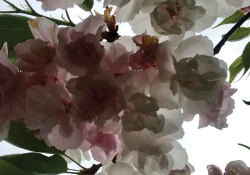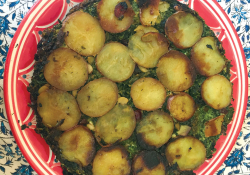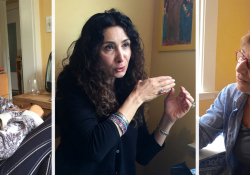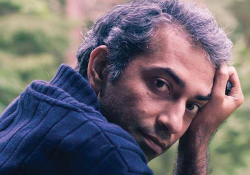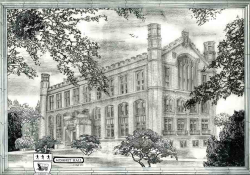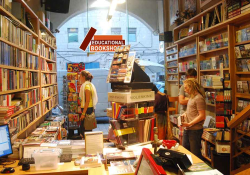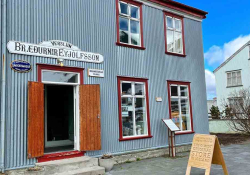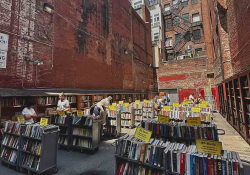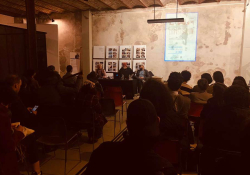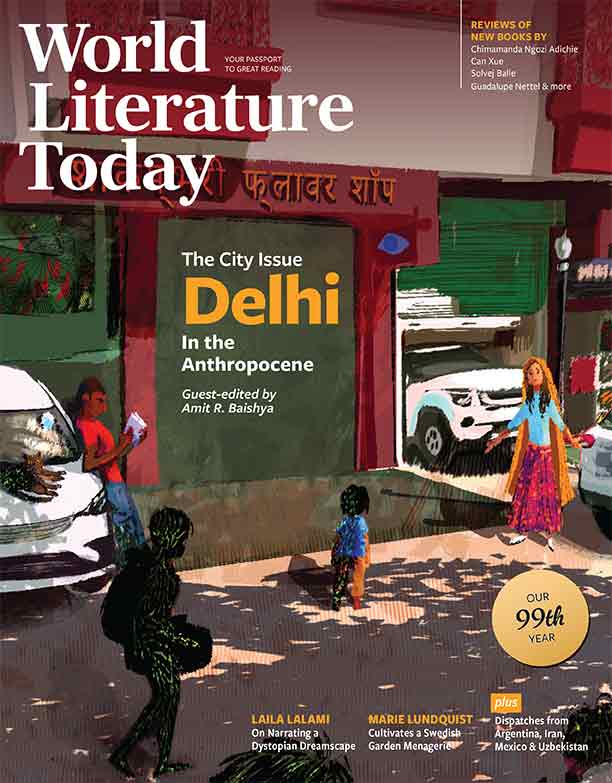Destination Xalapa: Where the Anthropology Museum Is a Must

Xalapa is the capital of the eastern state of Veracruz and home to one of the richest treasures of Mexico’s Gulf Coast Mesoamerican heritage: the Museo de Antropología de Xalapa. Opened in 1986, the Museo de Antropología is part of Veracruz University, and a visit here is truly an educational experience. The museum offers a spectacular collection of more than 2,500 treasures from the Olmec, Remojadas, Tajín, Zapotal, and Huasteca civilizations, which dominated the Gulf Coast in the early Preclassic period from 1300 to 900 bce. The collection presents a rich and complex narrative of Mexico’s pre-Hispanic history, before colonization and the domination by the Aztec civilization. These cultural artifacts reflect the unique geography and sensibilities of a people looking toward the Gulf of Mexico, a region of dynamic movement and exchange.
The unique layout of the building, designed by US architect Edward Durrell Stone, is a metaphor for the cultures of Mexico’s Gulf Coast: multilayered and highly sophisticated. At the museum’s entrance, Colossal Head No. 8 greets visitors, the eighth in a series of similar Olmec sculptures carved in stone. Standing just over seven feet tall, each head has similar features: a flattened nose, thick lips, and fleshy cheeks. These heads convey both power and tranquility. Some of the heads have a helmet, which may have afforded protection in pelota, the ancient Mesoamerican ball game, or in battle. And while the heads are awesome and beautifully carved, the museum’s design, a seemingly infinite number of terraced spaces and outdoor atriums, lends itself to the power of the many other beautifully preserved objects.
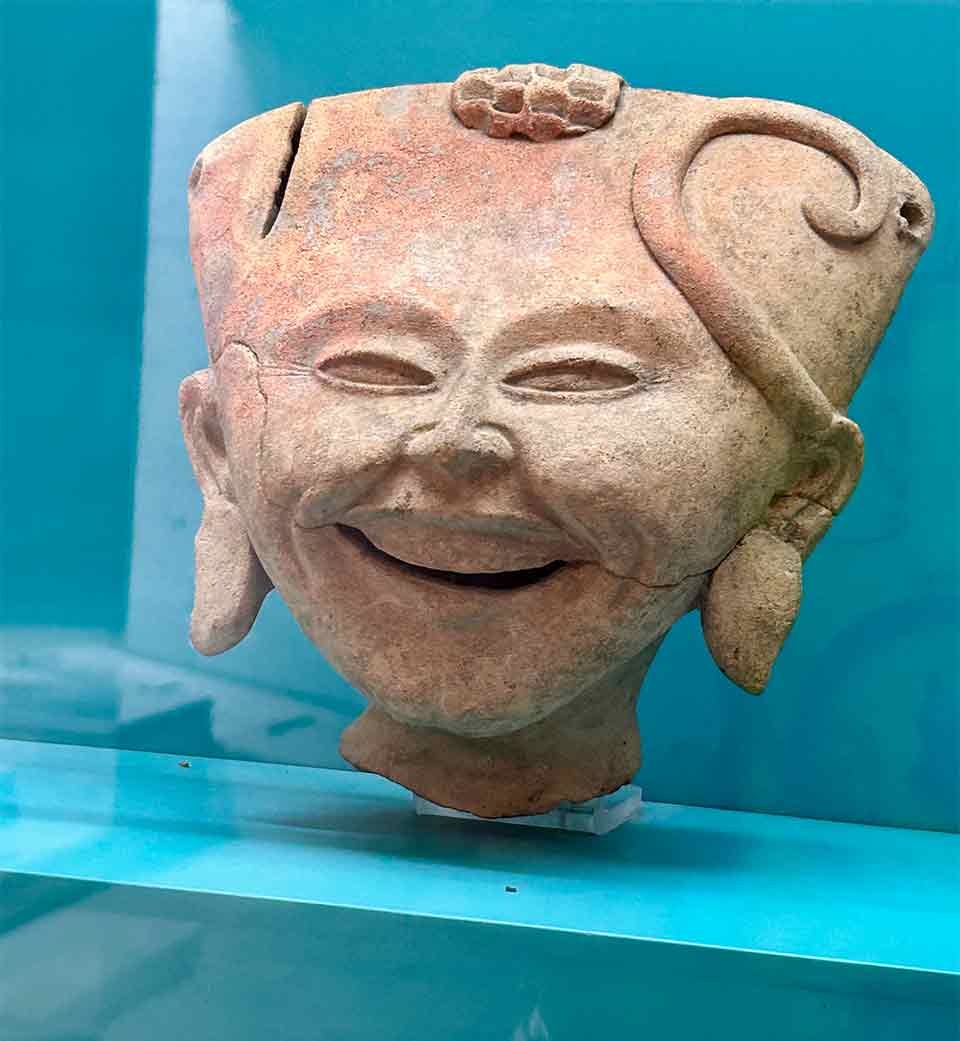
My awestruck reaction was repeated in room after room where exhibits from each of these civilizations were organized around artistic and cultural themes. Some of these included the importance and centrality of corn, sculptures, and figurines of the “babyface”—an Olmec figure that resembles a large baby—figures of women with hands positioned on the area of the womb representing fertility, or deities and gods dedicated to natural phenomenon such as rain and wind. Masks carved in jade or clay figurines and other large-scale stone pieces reflected complex views of the universe and the worship of particular deities such as Tlaloc, the God of Rain, and other elemental spirits.
The cosmos and belief systems of these ancient peoples are richly illustrated in the art they produced. They left me more curious about the rituals and ceremonies that entail sacrifice, offerings, and a regular practice of honoring ancestors and figures of fertility. Peoples of the Gulf Coast captures a sense of cohesion and synthesis in the complexities of life, death, and their interactions with divine spirits. I could have spent a week in this incredible museum marveling at the wonders of the past, traces of which are found in so much of present-day Mexican culture.

